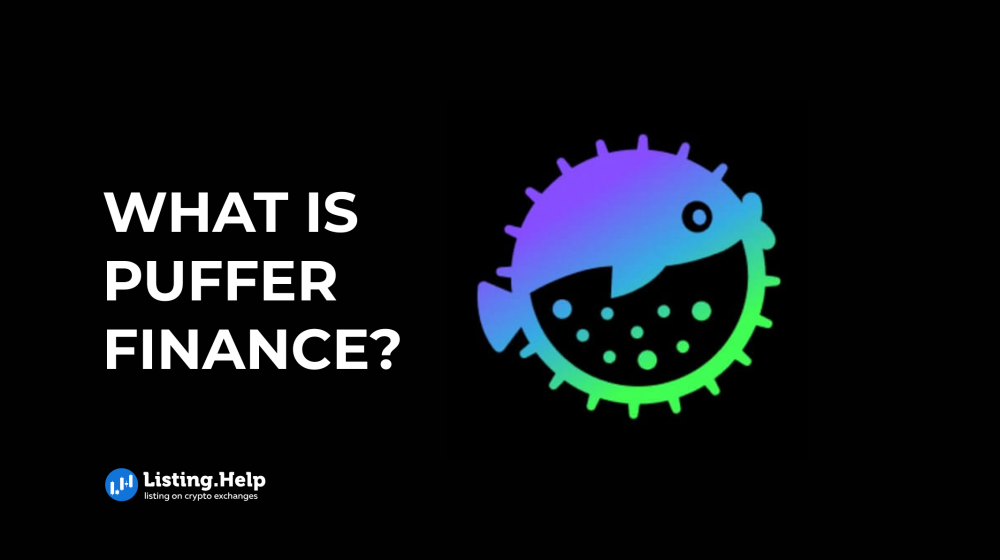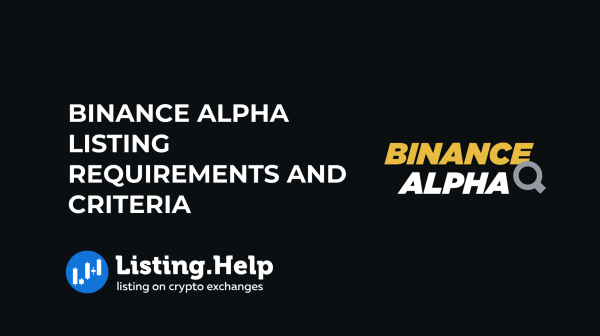What is Puffer Finance?
 April 17, 2024
April 17, 2024 Updated: January 27 2025, 06:56
Updated: January 27 2025, 06:56
LEAVE A REQUEST
Launching your own token project? Our experts are ready to help with listing on exchanges, market making, marketing and other solutions
SUBMIT APPLICATIONPuffer’s main objective is to set a fresh benchmark for secure validator operations while maintaining the decentralized nature of Ethereum.
Puffer Finance has launched a novel method for Ethereum staking that simplifies the process of liquid restaking. This approach tackles the issues of centralization and accessibility in staking with its open-access framework, inherent restaking features, and dedication to keeping Ethereum decentralized. With strong protection against penalties and the use of validator tickets, the protocol ensures stable rewards and enhanced security for those staking ETH.
However, before we delve into how Puffer operates, it’s important to distinguish between liquid staking and liquid restaking.
Staking and Restaking
In the realm of Ethereum, liquid staking is the practice of turning staked assets into tradable tokens. For instance, if you stake ETH on a service like Lido, you receive stETH in return. These liquid staking tokens (LSTs), such as stETH, allow you to participate in enhancing network security while retaining access to your funds. You can then employ these tokens in other financial activities even as your original ETH remains staked.
On the other hand, liquid restaking extends this idea by enabling staked ETH to be used to bolster security across broader blockchain components, including oracles, sidechains, and rollups. This approach provides validators the opportunity to not only secure the network but also to increase their staking incentives through diversified uses of their staked assets.
Is Puffer Finance Safe?
Puffer Finance has implemented a series of strong safety protocols to protect users’ investments. It uses cutting-edge technology to prevent slashing—a major concern for those staking Ethereum. Node Operators (NoOps) are required to post collateral, which greatly reduces the possibility of slashing incidents.
The platform also sets rigorous standards for Automated Validator Services (AVSs) and restaking operators, enhancing the security of staked funds. Puffer Finance is designed to encourage decentralized participation and carefully distribute resources among various Eigenlayer AVSs. This strategy is a testament to the protocol’s commitment to minimizing the risks involved in both staking and restaking, thereby supporting the overall safety and stability of the Ethereum ecosystem.
Additionally, the protocol’s credibility is reinforced by a grant from the Ethereum Foundation, affirming its standing within the community.
How Does Puffer Finance Work?
Puffer is tailored to improve both the performance and the diversity of Ethereum’s proof-of-stake (PoS) validators. It deviates from traditional staking models that typically require validators to commit a substantial amount of capital (32 ETH) and manage complex technical infrastructure. Instead, Puffer offers a more accessible option, allowing individuals to become validators with as little as 1 ETH. This lowers the entry barrier and fosters greater decentralization.
Native Liquid Restaking Protocol (nLRP)
Constructed atop EigenLayer, a blockchain layer specially optimized for staking operations, Puffer functions as a native liquid restaking protocol (nLRP):
– Native: Puffer strictly uses native ETH.
– Liquid: The platform employs a liquid staking approach, issuing liquid staking tokens (LSTs) for each ETH staked. For example, staking ETH on Puffer yields pufETH, which can be utilized in other DeFi applications while your original ETH remains staked.
– Restaking: The deposited ETH can also serve as collateral on EigenLayer, supporting various services.
Essentially, Puffer’s system allows validators to engage their staked ETH in additional activities, maximizing the utility and efficiency of their assets and enhancing the overall staking ecosystem.
Permissionless Framework
Adopting a permissionless framework, Puffer enables anyone to operate as a validator on its protocol. This approach democratizes the staking process, keeping the validator pool varied and decentralized, which helps prevent centralization. By lowering the hurdles to staking, Puffer enables more individuals to contribute to Ethereum’s consensus process, staying true to the blockchain’s decentralized ethos.
Slash Protection and MEV Autonomy
Puffer protects validators’ assets with an innovative slash protection mechanism that uses anti-slashing hardware and stringent security measures, reducing the risk of penalties due to misconduct or errors. The protocol also allows validators to control their MEV (Maximal Extractable Value) strategies, optimizing their rewards while upholding security and integrity.
Validator Tickets and Enhanced Rewards
Puffer introduces validator tickets, ensuring stakers receive rewards regardless of validator performance. This system guarantees consistent returns and encourages early adoption. Additionally, Puffer’s integration with Eigenlayer boosts rewards for validators, providing extra incentives for active participation and contributions to the protocol.
Conclusion
Puffer aims to redefine what it means to operate validators securely, with a strong emphasis on upholding the decentralized nature of Ethereum. This is accomplished through the adoption of anti-slashing technology, which reduces risks, and by encouraging a broader array of validators, thus promoting diversity among node operators.
Puffer Finance provides a decentralized, user-friendly, and forward-thinking approach for Ethereum validators and stakers. Through the use of liquid staking, effective slash protection, and native liquid restaking features, Puffer enhances the efficiency and accessibility of Ethereum’s PoS ecosystem for all participants.

For deeper insights into blockchain technology, check out our Listing.Help Blog.







 November 23, 2025
November 23, 2025 








